1. What is IoT device?
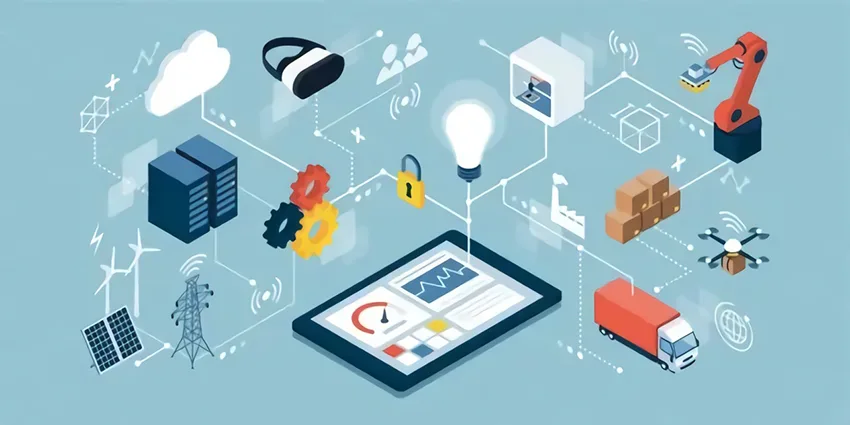
Many IoT devices utilize their network connections to allow users to remotely access and operate devices. The user can also remotely access databases for information. There are many types of IoT devices on the market, including smart cars, intelligent home appliances, industrial sensors, etc.
2. What is the Internet of Things
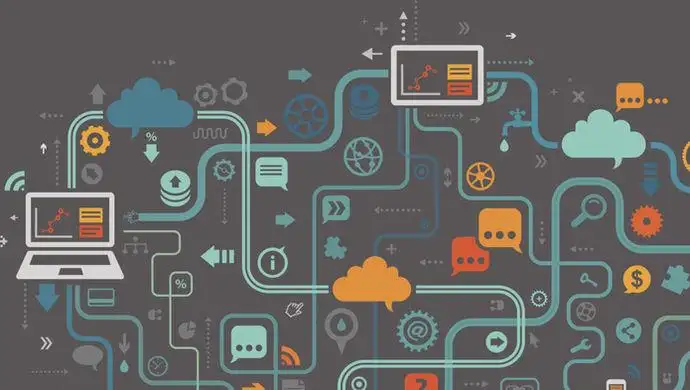
The Internet of Things, or “IOT” for short, is a connected device that is able to communicate with other devices and networks. Depending on their shape and function, these devices can perform a variety of tasks. The Internet of Things (IoT) is the Internet that connects Things. Firstly, it means the core of the Internet of Things is still the Internet, which is extended and expanded based on the Internet. Secondly, its user extends things to things level for information exchange and communication.
3. How IoT Devices Work
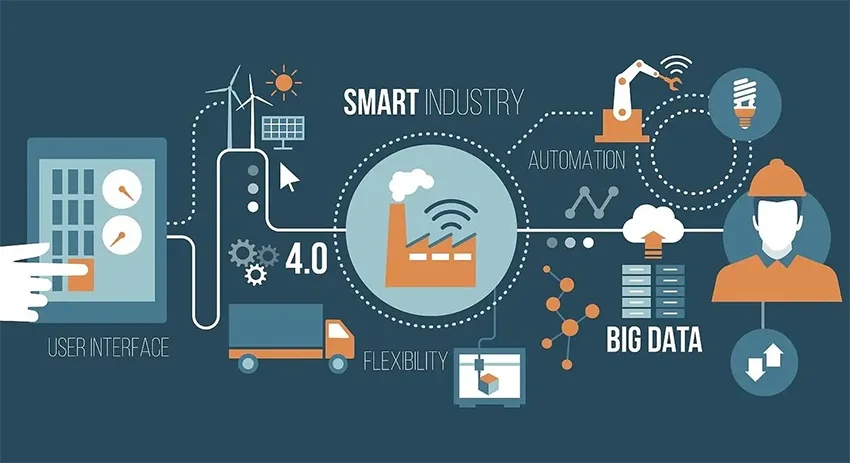
The Internet of Things realizes the automatic identification of things by using radio frequency identification (RFID) technology and then sharing the collected information through the computer Internet. RFID tags store interoperable information, and the information will be collected to the central system to realize the identification of items. At the same time, the exchange and sharing of information are realized through an open computer network, and the “transparent” management of items is realized.
4. 6 Types of IoT devices
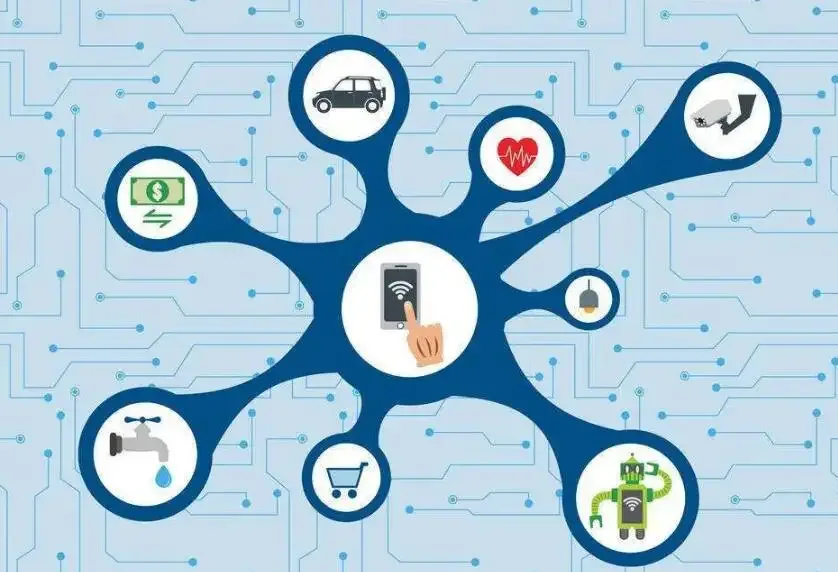
01. Smart home devices
Home cameras, smart gateways, and smart TVs are all smart home devices. The smart home is the combination of a traditional home device and the Internet. By using IoT technology, different home devices will be connected, such as lighting systems, curtain control, and air conditioning control, to provide home appliance control, lighting control, etc. Compared with traditional home devices, smart home devices not only have basic functions but also have network communication, automation, and information interaction functions, saving money for various energy costs.
02. Industrial sensors
In the IoT scenario, sensors are ubiquitous and are important parts of the IoT. Sensors are technological products that are used to detect and respond the environmental changes. When the internet connects to a traditional sensor, the data detected by the sensor can be shared with the internet and management systems. IoT sensors such as pressure sensors, humidity sensors, infrared sensors, and so on, have multiple uses in different situations.
03. Smart cars
IoT features can be seen in a variety of models of cars and trucks as part of the evolving autonomous vehicle movement. According to the International Business Times, “more than $100 billion has been invested in the autonomous vehicle industry” as automakers race to be the first to release self-driving cars.
04. Smart cameras
Smart cameras have replaced traditional cameras in recent years. In terms of public security, cameras are integrated with various intelligent elements according to needs. In terms of home monitoring, smart cameras are used to grasp the dynamics of the elderly and children at home in real-time. IoT cameras combine network technology with traditional cameras and they can be controlled remotely. Some IoT smart cameras can also identify intruders and send alerts.
05. Intelligent robots
IoT enables manufacturing robots can be controlled and programmed remotely, allowing manufacturers to remotely control their assembly lines and change production queues at any time.
06. Medical/fitness equipment
The Internet of Things (IoT) has changed the way we live and work. Today it is also widely used in the healthcare industry where people are using smart devices to stay healthy.
For instance: It is very important for patients to take their medicines on time, but they forget to take them sometimes. To be able to strictly follow doctors’ orders, smart edible sensors have been developed, which come in pill form and dissolve in the stomach.
This sensor generates a signal that can be transmitted to a mobile app. This method can confirm whether the patient is taking the medicine on time.
5. IoT Devices Examples and Uses
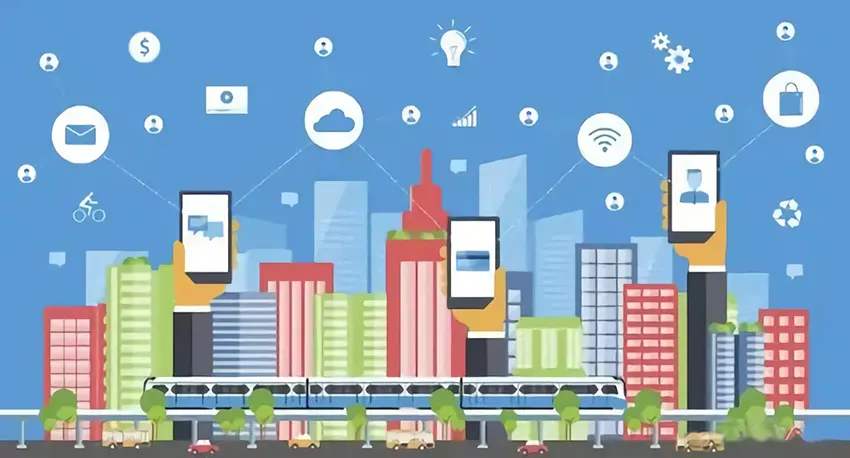
01. Smart home
As smart home technology products enter more and more ordinary families and are integrated into all aspects of daily life, in addition to smart refrigerators, washing machines, smart toilets, smart cameras, smart curtains, clothes drying racks and other equipment are gradually becoming popular.
Some people say that the smart home system is very helpful for lazy people. People can operate the home appliances in advance, such as turning on the rice cooker to cook rice, and turning on the water heater to boil the bath water, which is very practical.
02. Wearable Devices
Smart wearable devices refer to the intelligent design of watches, bracelets, clothing, etc. For example, Apple Watch is not only a watch for us to check the time, but also has three main functions heart rate monitoring, sports tracking, and mobile payment.
03. Smart city
The core of smart cities is the use of new-age technologies. Cities wouldn’t be smart without these technologies. With the help of smart cameras and different sensors, cities are catching multiple kinds of data about their environment. For example, the catching of traffic data by the smart camera installed on the road, help improve traffic congestion and remind citizens of more convenient ways to travel.
04. Internet-connected car
The emergence of Internet-connected cars helps us improve urban transportation in real-time and dynamically. By analyzing the real-time driving data of vehicles and users’ driving habits, we can dynamically assess the congestion status of urban roads, and remind users to pay attention in real-time or directly guide users to change their driving routes.
6. IoT Devices Solutions
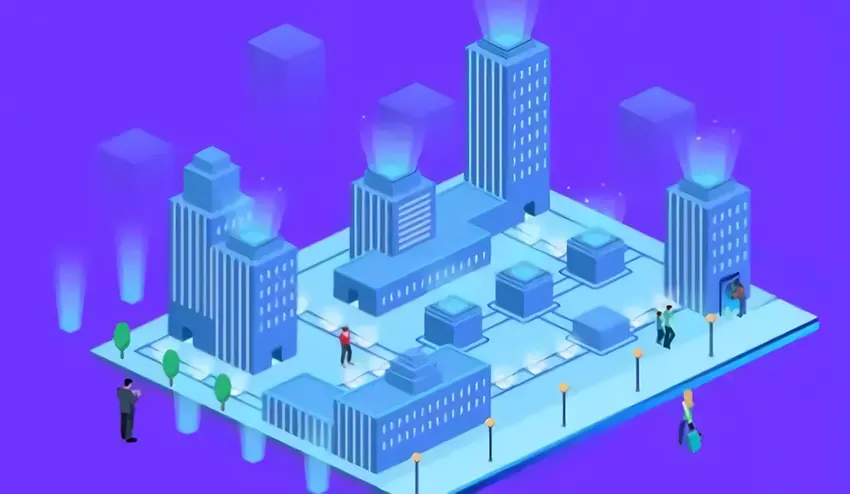
01. Smart city
The new smart city emphasizes the integration of cloud, network and terminal, strengthens data intelligence, information model, and platform integration, and pays more attention to the development of data-driven, smart ecology, and other application services.
The new smart city is a new path that implements new development concepts in the new era, comprehensively promotes the deep integration of new-generation information technology and urban development, and leads urban innovation and development. It helps the city to develop in harmony with nature.
02. Smart home
Among these applications, smart homes are the most popular. The smart home can control household appliances, including lighting, faucet water safety, and security.
The first concept of a smart home is intelligence. Through the mutual linkage between devices and devices, the devices with a single function are linked together. For example, a family only has one smoke sensor installed. We can locate the state of the sensor through the APP. When the sensor detects there is smoke, an alarm will be issued through the APP, and we can rush to the scene as soon as we know it.
03. Smart cars
Under the general trend of automobile electrification, the development speed of automobile intelligence is also accelerating, and the original traditional automobile industry chain is being reshaped. From the current information, the development of smart cars mainly revolves around three cores green, smart cockpit, and autonomous driving.
The design focus of the intelligent cockpit is human-vehicle interaction, in-vehicle entertainment, intelligent interior, AR-HUD, etc.
The requirements for human-vehicle interaction include voice recognition, touch control, and the development and customization of intelligent central control platforms.
04. IoT in agriculture
With the digital Internet of Things, there is no need for frequent manual inspections. No matter whether it is windy, rainy, or scorching sun, even if you are thousands of miles away, you can always know the growth of crops, so that you can control them in time and implement precise policies, thereby improving the efficiency of production and operation.
The application of Internet of Things technology to the field of modern agricultural production facilities and equipment greatly improves the intelligence level of modern agricultural production facilities and equipment and realizes digital control of the complete process of agricultural production.
05. Health and fitness
To help you stay healthy, devices connected to the IoT are provided here. Intelligent management systems are widely used in gyms. For example, the intelligent front desk all-in-one machine completes the automatic check-in of members, which is unattended, and it reduces the cost of labor; the intelligent water control system reasonably adjusts the water flow and reduces waste; the intelligent lockers are allocated according to each person’s needs, can be independently accessed, which reduce operating costs, and enhance the member experience.
06. Internet of Things factory
The Industrial Internet of Things (IIoT) has become a popular topic in the business area. It enables industrial machines with sensors, software, and big data analysis.
As early as 2015, the government proposed to promote the integration of the Internet and the manufacturing industry and improve the level of digitization and intelligence of the manufacturing industry. The development of the Industrial Internet of Things is of great significance for my country to build a strong manufacturing country.
07. IoT tracking and monitoring
IoT technology is widely used to track company assets. In order to strengthen the management and supervision of assets, innovate asset management methods, and create a new platform for intelligent, perceptual, and interconnected asset management, Guozi Software combines years of industry experience, and at the same time deeply integrates IoT technology, with the help of the identification, positioning, tracking and monitoring features of IoT technology, effectively solve the problems of asset dynamic supervision, inventory, safety management, performance assessment, and sharing in the process of asset management, realizing intelligent dynamic supervision of assets.
08. Smart retail
The IoT potential in the retail sector is huge. The Internet of Things strengthens the connection between retailers and customers, which is beneficial to enhancing the customer’s in-store experience.
Retailers can interact with smartphones and use Beacon technology to better customers. They can also monitor the path of consumers through the store and improve the design of the store and put quality products into high-traffic areas.
09. Smart grid
Another implementation of the IIoT is the use of the smart grid. A smart grid is a combination of intelligence and a traditional power grid, which also means that the smart grid is a new form of grid development to a new stage.
As a rising star in the new economic environment, the smart grid is expected to accelerate the energy-saving transformation of existing industries and create new industries, thereby promoting the transformation of economic structure. At the same time, the smart grid will also play a significant role in the environmental protection of smart cities.
What are the popular IoT devices?
Devices connected to a smart system include smart TVs, smart speakers, smart appliances, and so on. In addition to automated one-button operation and a perfect security system, the era of the smart home should bring more experience-oriented, more human-science, green and healthy products. Consumers are more willing to buy artificial intelligence products because these products can free their hands and save a lot of labor costs. For example, artificial intelligence lights, no matter where they are and how far they are from the lights, users can control them through the Internet and WIFI. They can not only turn on the lights in the bedroom when they are in the office, but also turn off the lights in the bed, and even when they get up late at night, the lights detect when the user gets out of bed, turn them on automatically and adjust to the most appropriate brightness.
IIoT networks provide the industry with greater system integration in terms of automation and optimization, as well as better supply chain and logistics visibility. The monitoring and control of physical infrastructure in businesses such as transportation, utilities, and healthcare have become easier and more efficient by using smart sensors and actuators. Such intelligent communication networks have the potential to dramatically change and improve industrial processes.
Technologists predict that industrial IIoT devices will play an important role in digital transformation, especially as companies begin to update supply chains and production. Big data analysis is also expected to evolve to incorporate IIoT data. This enables organizations to track changing conditions in time.




















